While Tom Holland’s time as Spider-Man has been full of critical and box office success, it has not been without criticisms. Among the most common is that Peter’s relationship with Tony Stark gave the young hero too much, too soon, and took him far away from his comic book origins. Fans grew tired of Parker’s dependance on Stark’s technology, calling him “Iron Boy”, and hoped, with Stark now out of the picture, that Parker would have to learn to fend for himself. Stark tech was present once again in Spider-Man: No Way, both by way of the Ion Spider suit and the fabricator that helped Parker synthesize cures for the multiversal villains. By the end of the film, however, audiences saw a Parker who more closely resembled the young hero from the comics, having learned the true cost of being Spider-Man. And according to the film’s writing duo, Erik Sommers and Chris McKenna, putting Parker in that place was part of their mission.
Fans of the long-running comic book series are used to Peter having to deal with what he’s come to call “Parker Luck.” It’s never been strictly defined by Marvel (I don’t think), but Parker Luck seems like a very specific branch of Murphy’s Law: if anything can go wrong for Peter, it will. More acutely, it seems to explore the inverse relationship between the time Peter spends doing good deeds as Spider-Man and the amount of GOOD things that happen to him. In Spider-Man: No Way Home, Peter’s acceptance of his moral mission as Spider-Man, morals defined by his Aunt May, came at the cost of those he loved most, as McKenna explained:
He was trying to do what May taught him and that made the sacrifice that much more difficult, because it blew up in his face and it got her killed. Then he started questioning that morality in a way that he never really questioned because he hasn’t been put to the test in that way.
How did Parker come to terms with those questions? As we see by the end of the film, he seems to have come to terms with the fact that in order to be the hero he wants to be, there could be no getting around the spell cast by Strange to make people forget him. Though he promised to find MJ and Ned and “make them remember” him, McKenna says he comes to the realization that making that choice would only put them in danger:
You want to have that doughnut scene be him making the last piece of the sacrifice. “I could tell them everything. I can try to get my friends back. But I’d be going right back to the place of endangering my loved ones by bringing them into my life. And I can’t have that.”
Peter makes the mature choice after MJ mentions that her cut doesn’t really hurt anymore. While her words describe the physical pain of the cut, Peter realizes that the MJ’s emotional pain of losing him has also dissipated and chooses to leave her and Ned happy and safe, making, as McKenna said, the final step in his sacrifice and choosing not to try to continue live in two worlds, as Doctor Strange warned him. As many astute fans have noticed, it’s only at the end of Spider-Man: No Way Home that we are finally getting the version of the character that made him so beloved over the years. Moving forward, Holland’s Parker is on his own without the benefit of Stark’s tech or the support of those around him, meaning the next trilogy of MCU films will look a whole lot different and, potentially, a whole lot more like the comics.







